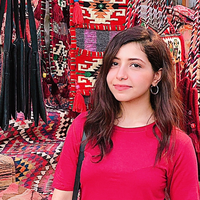Denim through the decades
Denim has been around since the mid-1800s and is now part of our everyday wardrobe. From the first pair of Levi's, created by Levi Strauss himself, to today's sustainable denim choices - let's look at some of our favourite denim trends from decades past...
Image: Pexels/Karolina Grabowska
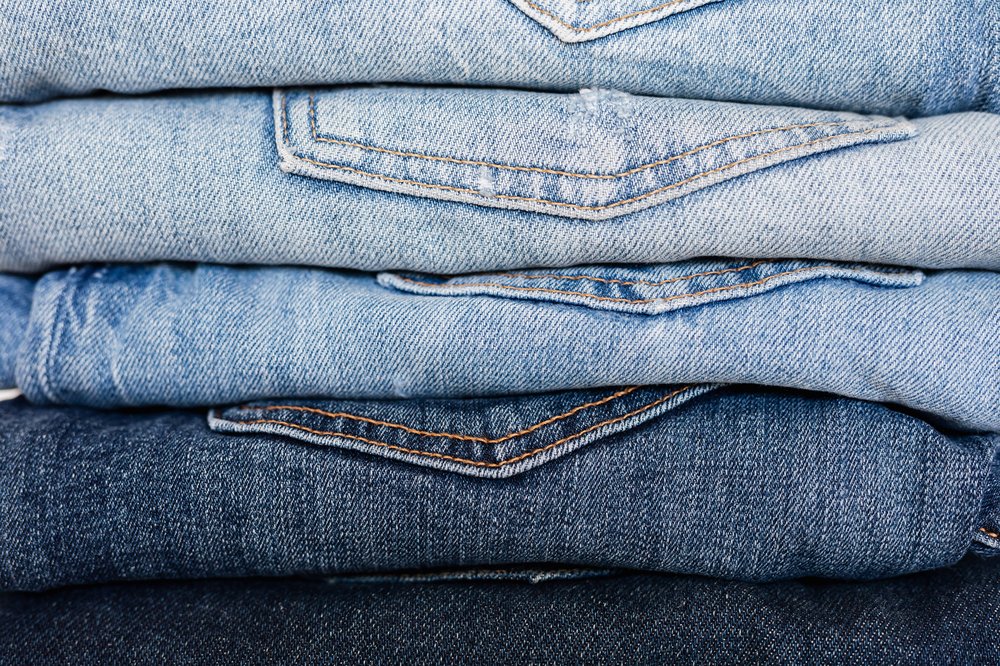
The history of denim
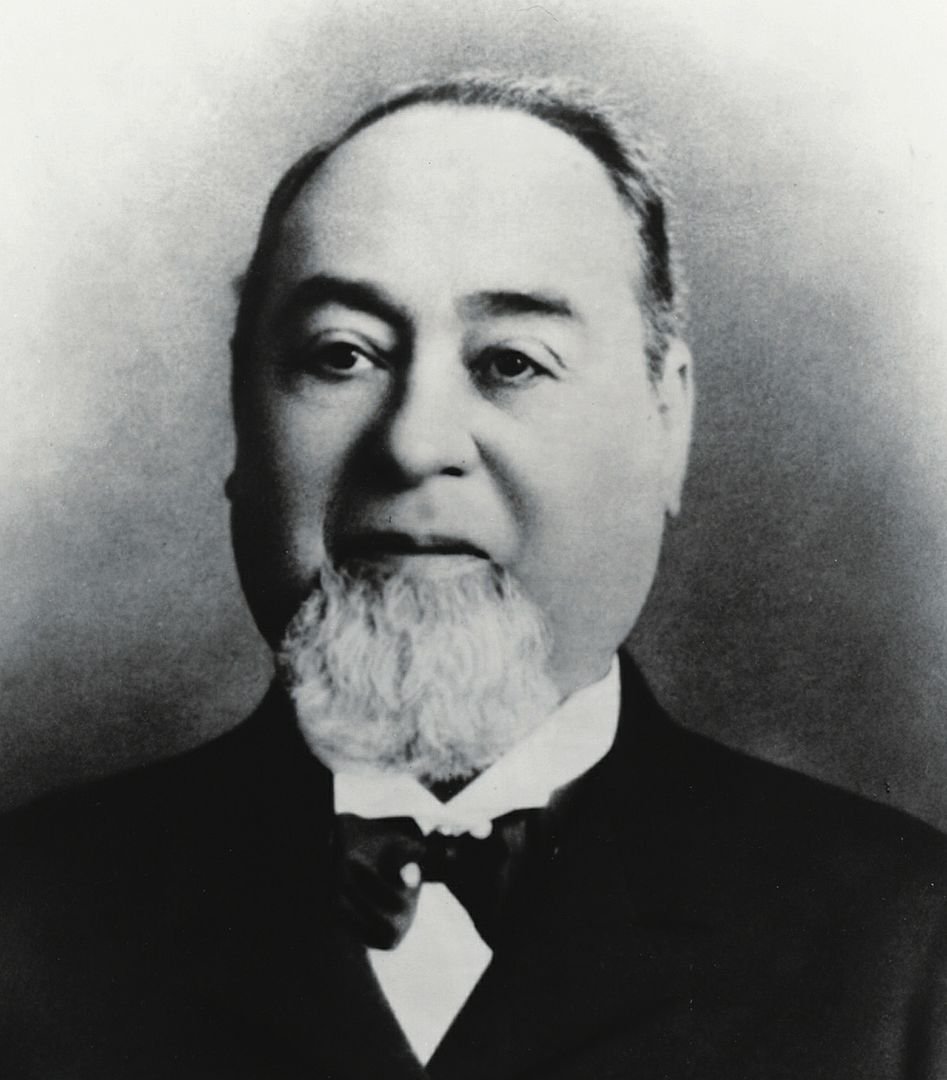
Levi Strauss
1920s denim
Shutterstock
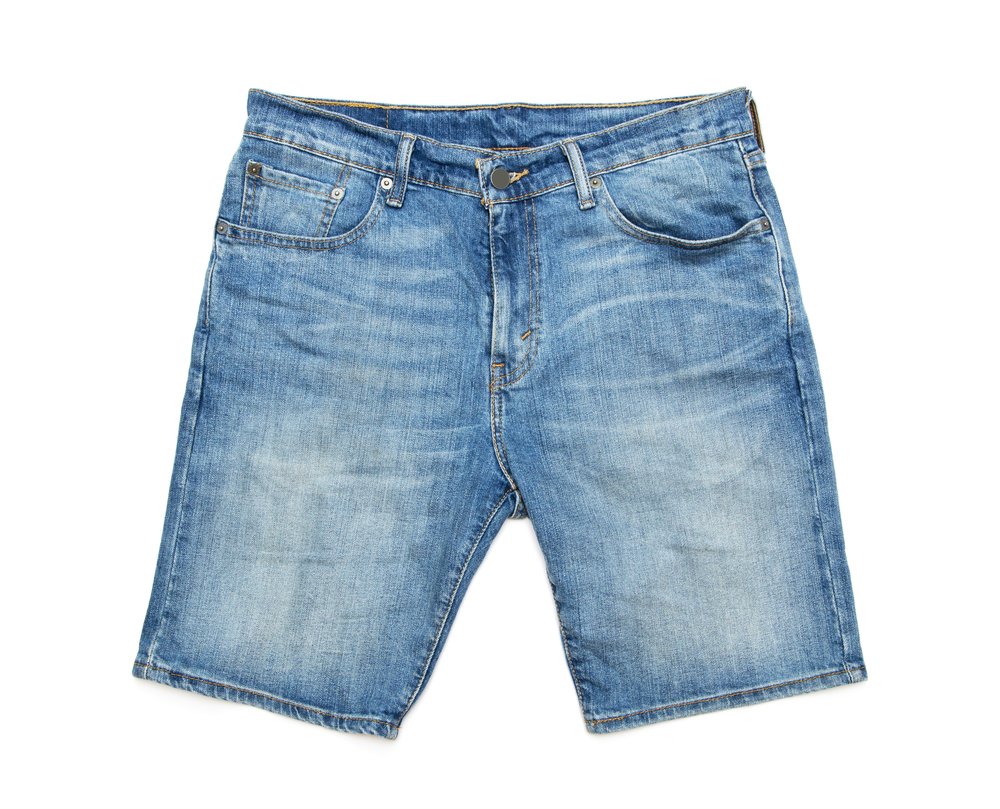
1930s denim
Shutterstock
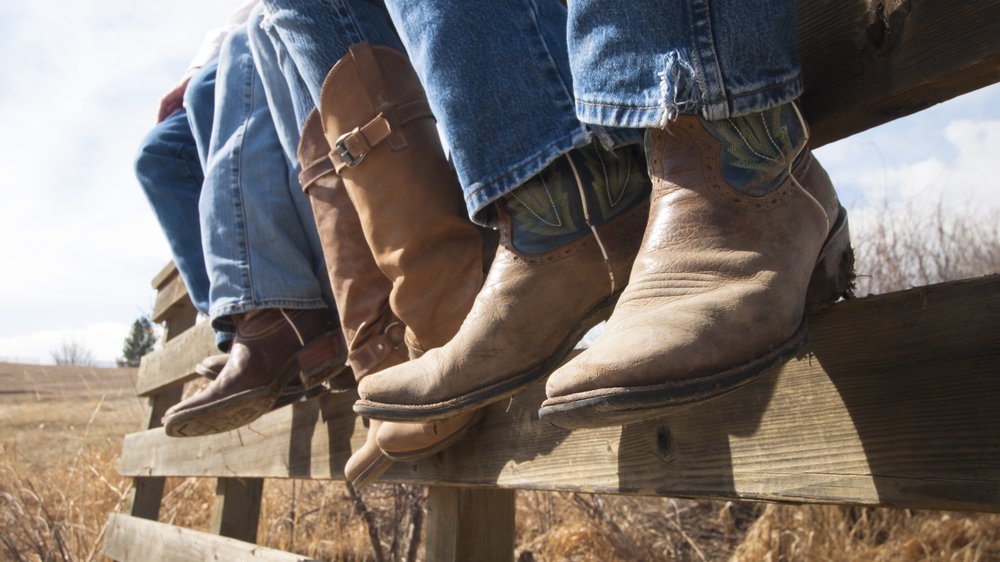
1940s denim
Women at work on bomber, Douglas Aircraft Company, Long Beach, Calif. Image: The Library of Congress on Flickr

1950s denim
Image: Oxfam Online Shop
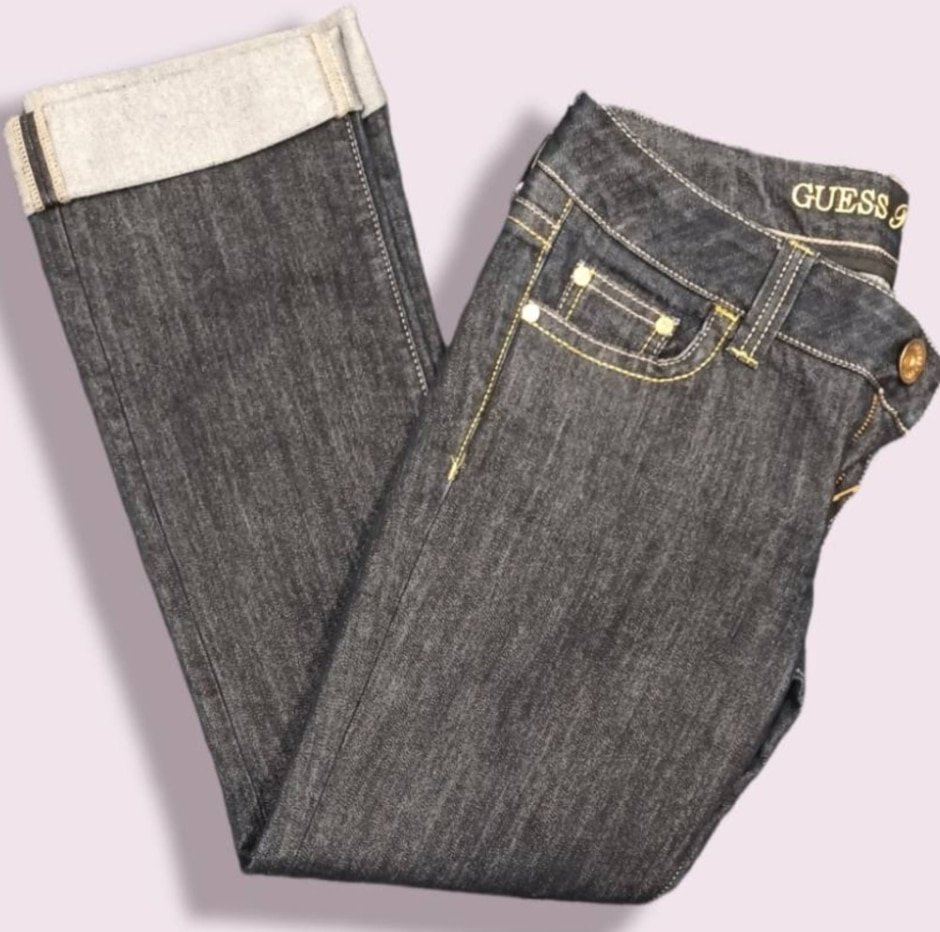
1960s denim
Shutterstock

1970s denim
Shutterstock

1980s denim
Shutterstock
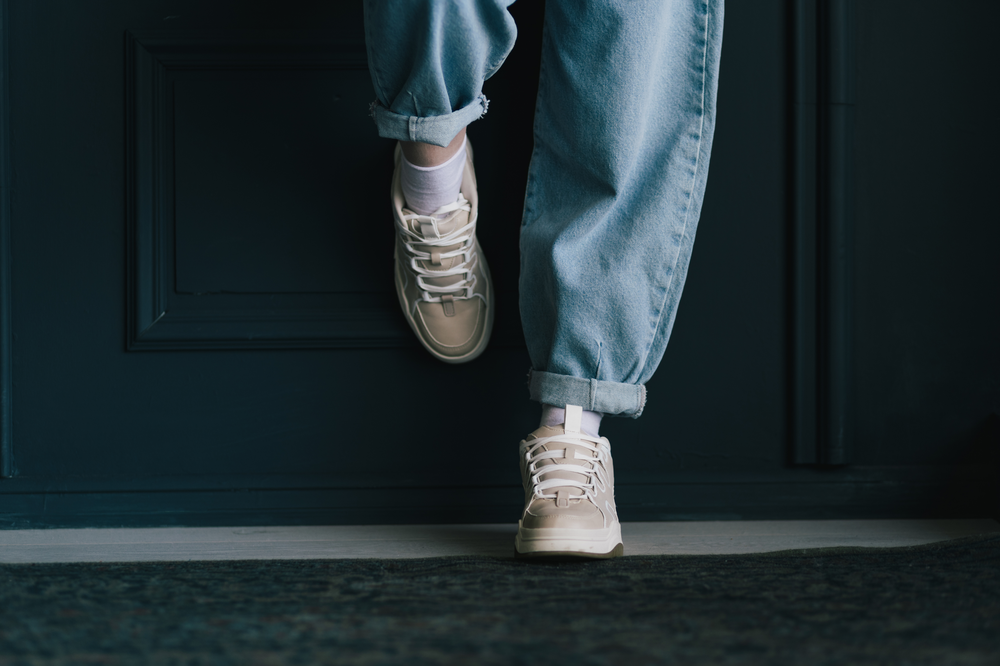
1990s and early 2000s denim
Image: Sophie Collard/ Oxfam
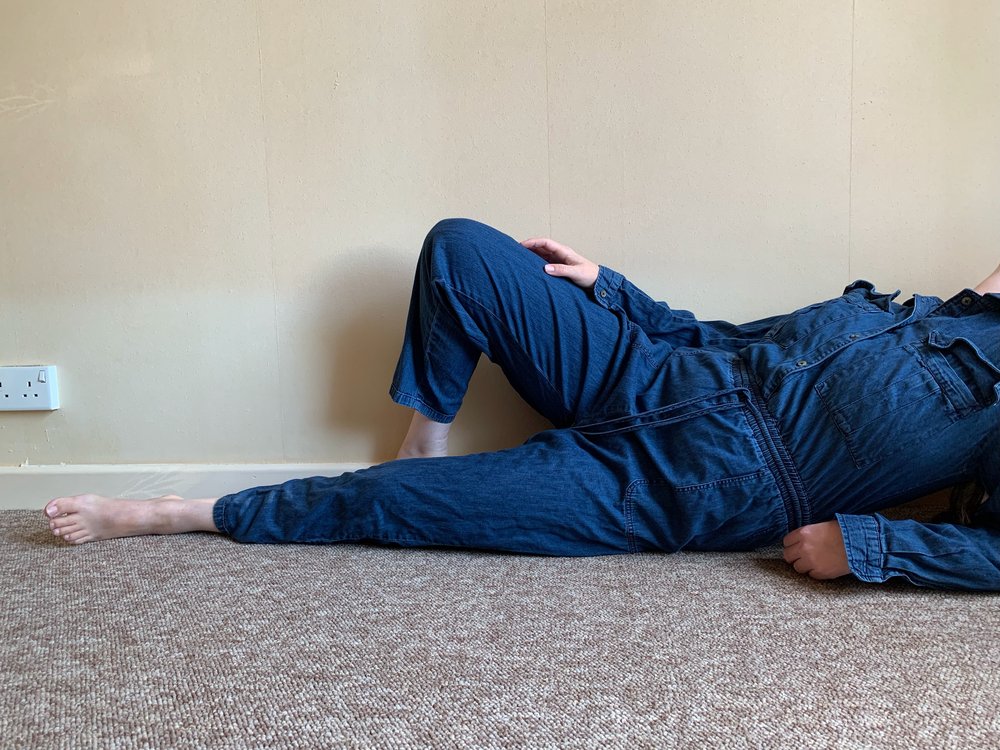
2010 denim to denim today
Shutterstock
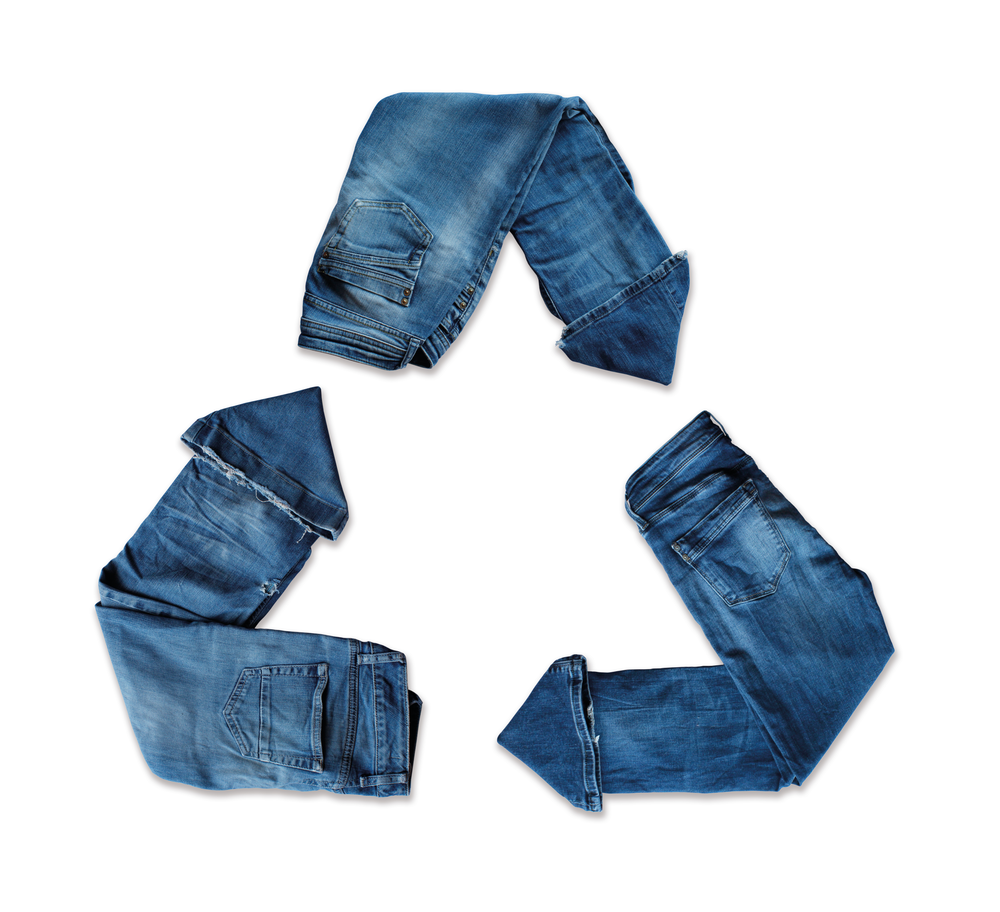
Learn how you can make sustainable denim choices.
Oxfam
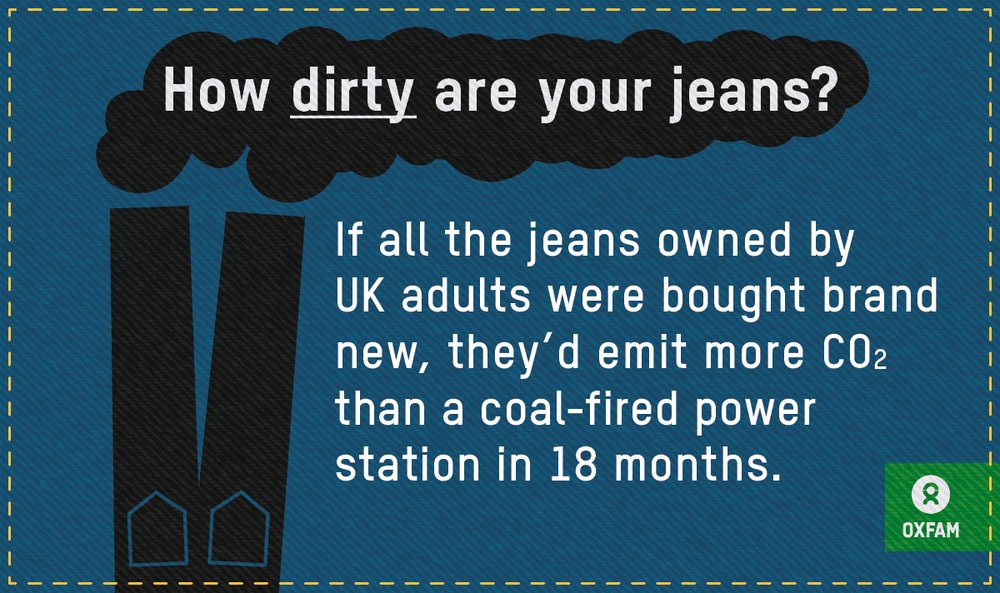
“The figures are astonishing – who knew making a pair of brand new jeans is like driving 60 miles in terms of global warming? Continuing on this road is just not sustainable for the planet and everyone who lives on it. But there’s hope and lots of fun to be had! Shopping second hand is a small and enjoyable choice each of us can make. And together we can have a giant impact on the climate emergency. People who donate to Oxfam shops and buy from our shops both reduce emissions and raise money for Oxfam’s work helping the world’s poorest people access the basics in life like clean water, food, shelter, and the right to make a living. It’s time to practice fun, feel-good shopping with serious intent!”
Lorna Fallon, Oxfam Retail Director
Go find your pre-loved denim!
More posts like this
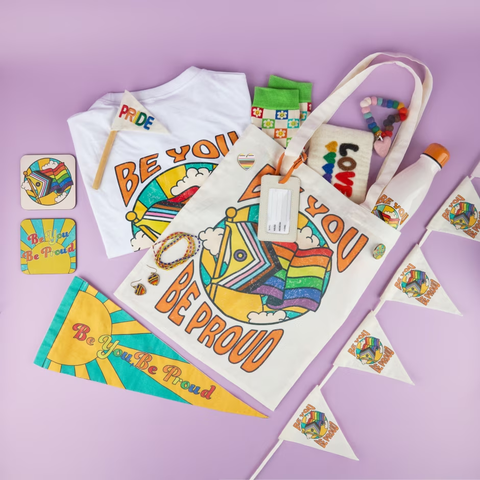
Choose from thousands of quality items: clothes, books, accessories, homeware and more! Free returns.
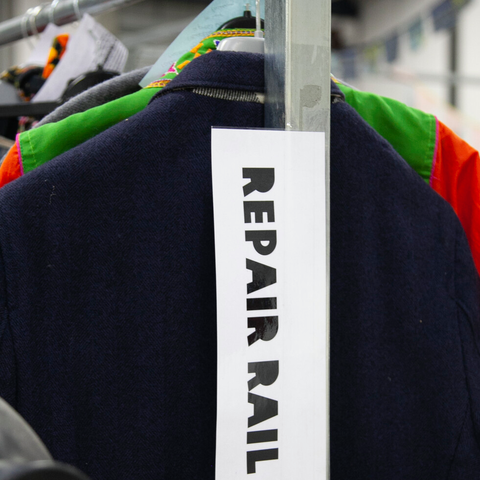
– Find out more about the human and environmental impacts of clothing production.
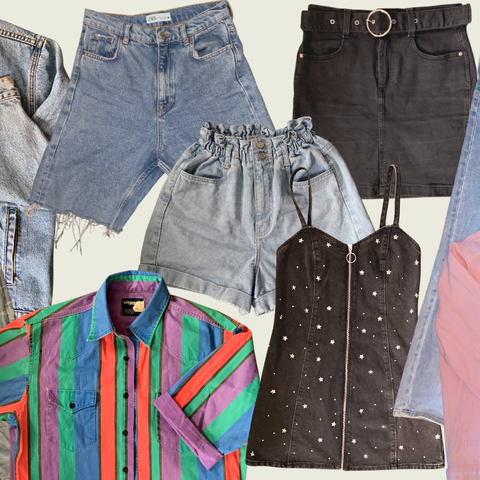
– Want a sustainable wardrobe that never goes out of fashion? Then shopping for a capsule wardrobe is for you! And your local charity shop could be the destination for all those essential clothes you’ve been looking for...
